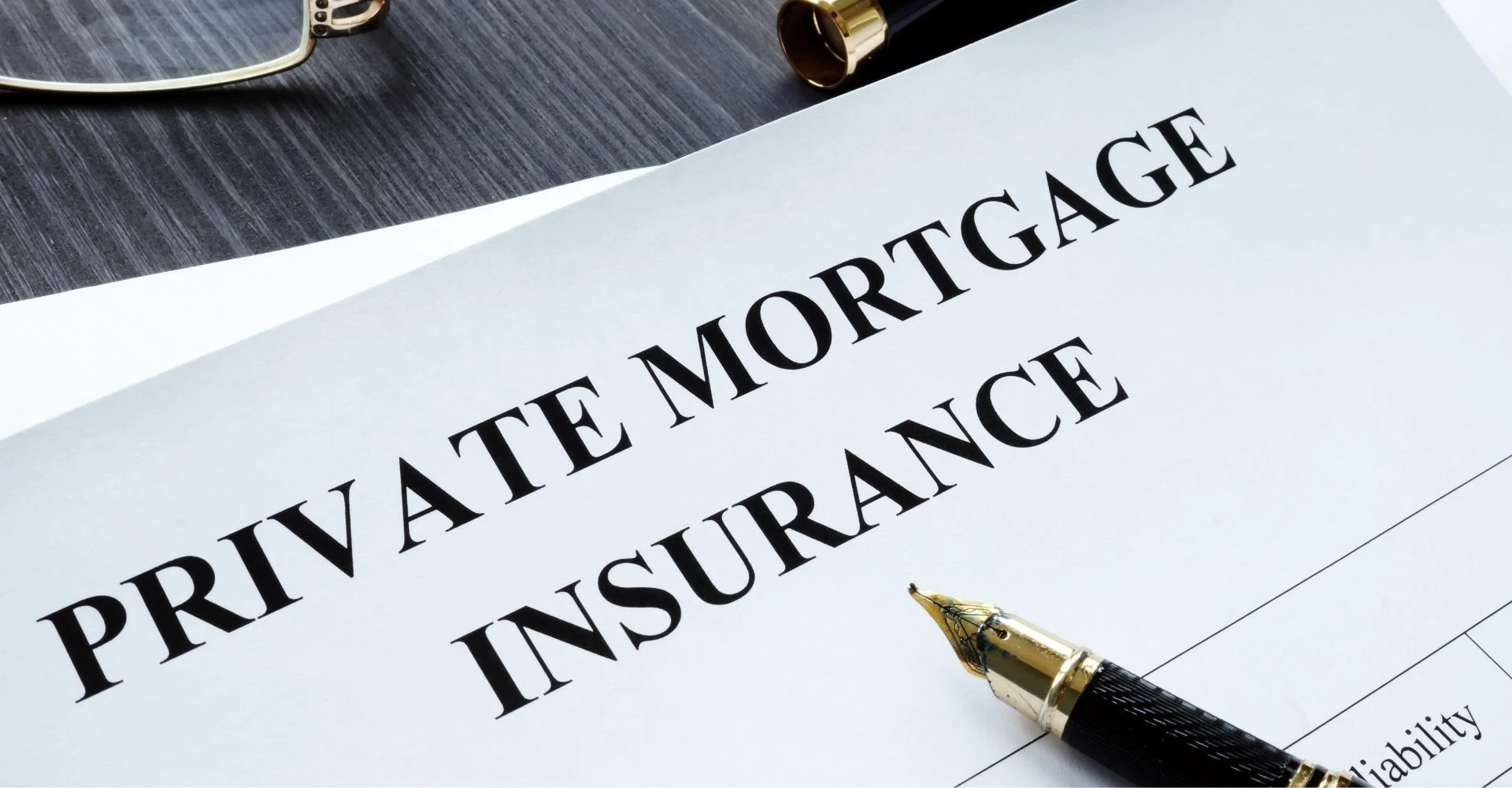Introduction
If you’re buying a home in 2025 and can’t afford a 20% down payment, you’re likely to face mortgage insurance. But which kind do you need — PMI (Private Mortgage Insurance) or FHA Mortgage Insurance?
Both serve the same basic purpose: to protect the lender if you stop paying your mortgage. But the details, costs, cancellation rules, and how they impact your monthly payment are very different.
This article breaks down the key differences between PMI and FHA mortgage insurance so you can choose the best option for your financial situation.
🏠 What Is Mortgage Insurance? A Quick Refresher
Mortgage insurance helps reduce the lender’s risk when lending to buyers who make a small down payment.
- PMI (Private Mortgage Insurance): For conventional loans
- FHA Mortgage Insurance (MIP): For FHA loans
Let’s explore how these two types compare side by side in 2025.
🔍 PMI vs FHA Mortgage Insurance: At a Glance
| Feature | PMI (Private Mortgage Insurance) | FHA Mortgage Insurance (MIP) |
| Loan Type | Conventional Loans | FHA Loans (government-backed) |
| Required When | Down payment < 20% | Required for all FHA loans |
| Upfront Cost | Usually None | 1.75% of loan amount (UFMIP) |
| Annual/Monthly Premium | 0.2% – 2.0% of loan per year | 0.55% – 1.05% (varies by loan term & size) |
| Can It Be Cancelled? | Yes, when equity reaches 20–22% | Sometimes — often stays for full loan term |
| Based On Credit Score | Yes — better credit = lower PMI | No — fixed rates regardless of credit |
| Backed By Government? | No — private insurers | Yes — Federal Housing Administration (FHA) |
| Loan Limits | Higher | Lower loan limits |
| Ideal For | Buyers with good credit & stable income | First-time buyers, lower credit, small down payments |
🧾 What Is PMI (Private Mortgage Insurance)?
PMI is required for most conventional loans when you put down less than 20%. It protects the lender in case you default.
🔹 How PMI Works:
- You pay a monthly premium, added to your mortgage payment
- The amount depends on your credit score, loan-to-value ratio, and loan amount
🔹 Example:
If you buy a home for $300,000 with 10% down:
- Loan amount: $270,000
- PMI = ~0.5% annually = $1,350/year or $112/month
🧾 What Is FHA Mortgage Insurance (MIP)?
FHA mortgage insurance is mandatory for all loans insured by the Federal Housing Administration, regardless of down payment.
🔹 Two Components:
- Upfront Mortgage Insurance Premium (UFMIP):
- 1.75% of the loan amount
- Can be paid upfront or rolled into your loan
- Annual Mortgage Insurance Premium (MIP):
- 0.55% – 1.05% annually, based on loan size and term
- Paid monthly
🔹 Example:
On a $270,000 loan:
- UFMIP = $4,725
- MIP = ~0.85% annually = $2,295/year or $191/month
💸 Cost Comparison: PMI vs FHA MIP
| Scenario (2025) | PMI (Conventional) | FHA Loan (MIP) |
| Home Price | $300,000 | $300,000 |
| Down Payment | 10% ($30,000) | 3.5% ($10,500) |
| Loan Amount | $270,000 | $289,500 (plus UFMIP) |
| Monthly Insurance Cost (Est.) | $112 (0.5%) | $191 (0.85%) |
| Upfront Cost | $0 | $5,066 (1.75% UFMIP) |
| Can Cancel? | Yes, at 20–22% equity | No (unless 10% down, then 11 years) |
💡 Bottom Line: FHA loans cost more monthly and upfront — but offer easier approval.
🧠 Who Should Choose PMI (Conventional Loan)?
PMI may be a better choice if you:
- Have a credit score above 700
- Can afford 5–15% down payment
- Want higher loan limits
- Plan to remove mortgage insurance in the future
- Prefer lower monthly insurance costs
✅ PMI is ideal for buyers with strong credit and stable income.
🧠 Who Should Choose FHA Mortgage Insurance?
FHA may be the better fit if you:
- Have a low credit score (580–640)
- Have little saved for a down payment
- Want to qualify more easily
- Don’t mind paying mortgage insurance for the life of the loan
- Are a first-time buyer
✅ FHA is designed for accessibility — not affordability.
🧮 How to Remove PMI or MIP
📉 PMI (Conventional Loan):
- Automatic removal at 78% loan-to-value (LTV)
- Request removal at 80% LTV (may require appraisal)
- Refinance if home value increases
📉 MIP (FHA Loan):
- Never removed for loans with less than 10% down
- Removed after 11 years if down payment was at least 10%
- Refinance into a conventional loan to eliminate MIP
🔄 Refinancing: From FHA to Conventional
If your home appreciates in value or your credit improves, refinancing from FHA to conventional can help you:
- Eliminate mortgage insurance
- Secure a lower interest rate
- Lower your monthly payment
💡 Pro Tip: Most lenders will let you refinance once you’ve built 20% equity, even after just a few years.
🧠 Real-Life Comparison Example
Ali (PMI Option):
- Credit score: 740
- Down payment: 10%
- PMI: $85/month
- Will be able to cancel in 3–5 years
Sara (FHA Option):
- Credit score: 610
- Down payment: 3.5%
- MIP: $190/month + $5,000 UFMIP
- Can’t cancel without refinancing
🎯 Even though FHA cost more, it helped Sara buy a home sooner.
🏁 Conclusion
Both PMI and FHA mortgage insurance serve an important purpose — helping more people achieve homeownership. But they’re not equal in cost, flexibility, or long-term savings.
🟢 Choose PMI if:
- You have good credit
- You want to save money over time
- You’re planning to cancel insurance later
🔵 Choose FHA if:
- You need lower credit requirements
- You want to buy a home with a very small down payment
- You’re a first-time buyer
💡 Pro Tip: Always compare total monthly costs, not just insurance rates, and think about your long-term goals.
